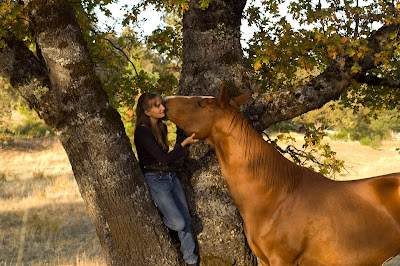She is part is part starlight and dewdrops,She embodies wind and wing-ed seed,She is sun on the run...She is Life-Unfolding,Beckoning us to follow with joy and wonder.--L.Gerard
Several years ago, Kris McCormack purchased the rock painting you see above to send as a gift to a very inspirational woman. Carolyn Resnick sent me a very thoughtful thank you after receiving it and I feel good knowing she appreciates the subject of the painting and also the medium (Carolyn loves rocks). I am sharing the image of this rock in today's journal entry because the feeling of this artwork vibrates with the sensation of enthusiasm for life, as well as suggesting a journey is underway--a movement forward toward life's unfolding...like a path is being followed...
I have always felt propelled forward, filled with gratitude for my past experiences (even the negative ones) though there were times when maybe I clung to old ideas and comfortable habits longer than I should have. In those times I experienced a strange inertia, like a paralysis. Even so, I did not close myself off from awareness and eventually some serendipitous stimulus would put me back onto the path forward.
Let the past go--it is anyway already gone,And the wind, just now, is dancing in the treesHoping you will take notice and come dancing, too.--L.Gerard
The author walks a path with Altamiro, on the day he was first introduced to the existing herd at Ravenseyrie as a yearling back in 2006.
Feeling propelled forward by some guiding hand is different than the sensation of searching for something because you feel lost. In my twenty-seven years with horses, I haven't truly felt lost, rather I have felt dissatisfied. The inertia I would occasionally experience was due to realizing that the knowledge and relationship I had with horses still wasn't "right". Each resumption of my journey brought improvement in basic handling and academic equitation, but once these techniques were mastered, there remained that niggling feeling in the pit of my stomach that I was still missing a vital element.
Feel the fresh wind of change kiss your cheekWith the promise of better things.Awaken now!Embrace a new dayCreate a new you!--L. Gerard
That vital element was to turn away from cultural shaping that tells us humans are the most highly evolved, supremely intelligent beings and rightful rulers of the world. A shift in my perception, allowed me to experience the "unity of consciousness", after which I came to see the "way forward" is to "be in the now", not separate from other beings, but existing together as equals, experiencing the mystery of the moment.
I think many of you who read the Journal of Ravenseyrie have experienced a similar dissatisfaction with your journey. Many of you may have even been serendipitously touched by some of the same stimuli as I, and find yourself guided forward toward better things.
The well crafted documentary film, The Path of the Horse by Stormy May has been viewed by a wide audience of equestrian minded individuals and for many, it has guided them forward toward better things. It's an eye-opening look at human/horse relationships, yet I came to feel that some deeper meaning was being missed. It seemed to me that people were still "using" and "objectifying" horses as a means of furthering a human agenda, even if now they might not be enslaving it in the traditional equestrian sense. In a letter to Stormy May I wrote:
"Probably we would, could do even better to teach people that they do not require the services of a horse to show them the way to self-fulfillment......living mindfully in each moment exposes that fulfillment is a state of beingness, not a goal to be pursuing, if this makes any sense.
This is what I have been shown here at Ravenseyrie...it is something one can attempt to write about, by way of intimate personal experiences (that happen to include horses) but it cannot be "bottled", it cannot be marketed, it cannot be pursued. Rather, one awakens and recognizes she has been a part of the flow all along! There is no need to "reconnect" just a requirement to cease interfering!"
Stormy understands this, and, not resting on the laurels of her documentary film, she has begun a very evocative blog. The Path of the Horse blog is a way, says Stormy, "to provide a window into the simplicity of what horses can bring to our lives in contrast to the showing and even riding world. I want to try and convey the simple joys."
I think once you read Stormy's blog you will come to realize, as I have, that the path of the horse, indeed the path of life, in all its artful simplicity, unfolds in "the now". Rather than taking the horse out of his world and seeing what we can "do" with him in our human, goal-obsessed environment, we can begin to appreciate what the environment of the horse can "do" with us--and once equilibrium is restored to our misshapen human awareness, we can nurture each other in mutual self-actualization, sharing the path together.
Sundance, whispers something profound to Stormy May
Photo credit: Felicia Story-Chapin / Little Dragonfly Photography











 Kevin Droski of the Ravenseyrie Sorraia Mustang Preserve sharing some late day sun with the half-Sorraia stud colt, Interessado
Kevin Droski of the Ravenseyrie Sorraia Mustang Preserve sharing some late day sun with the half-Sorraia stud colt, Interessado



















